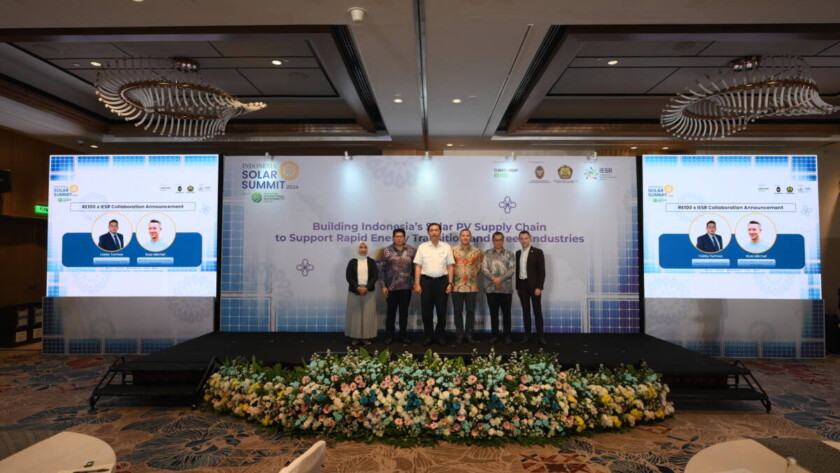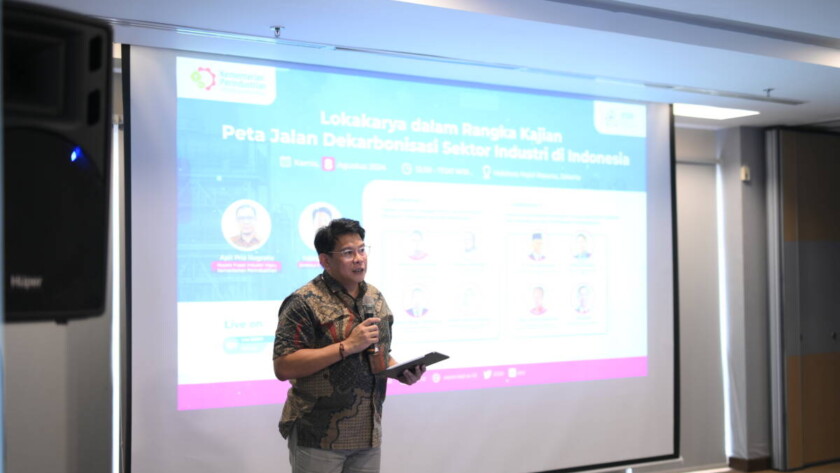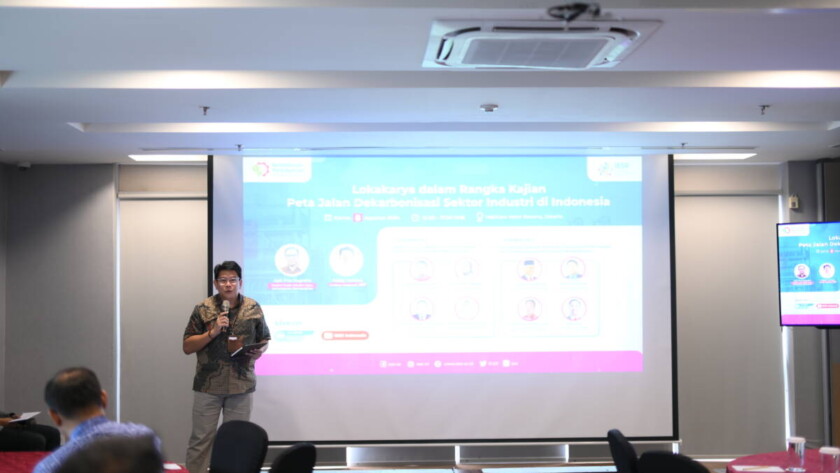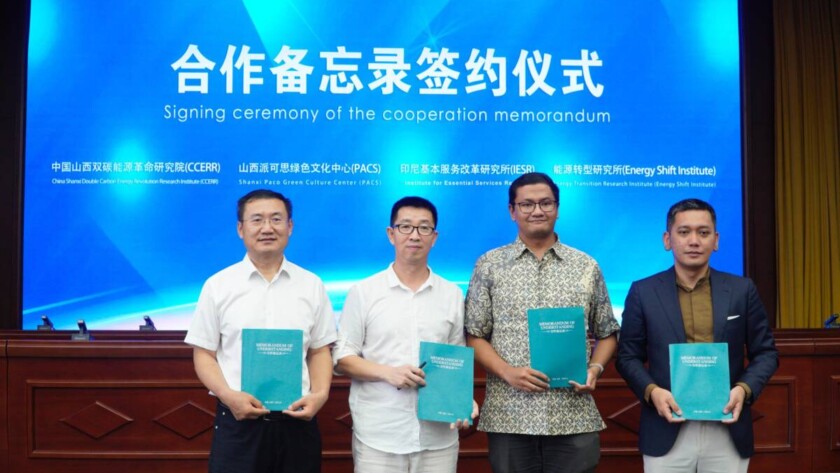Jakarta, August 22, 2024 - The government has just updated two regulations regarding the level of local content requirements (TKDN). The Ministry of Energy and Mineral Resources (MEMR) has issued Permen of ESDM No. 11/2024 on the Use of Domestic Products for Electricity Infrastructure Development. This regulation contains Local Content Requirement relaxation (TKDN) for renewable…








